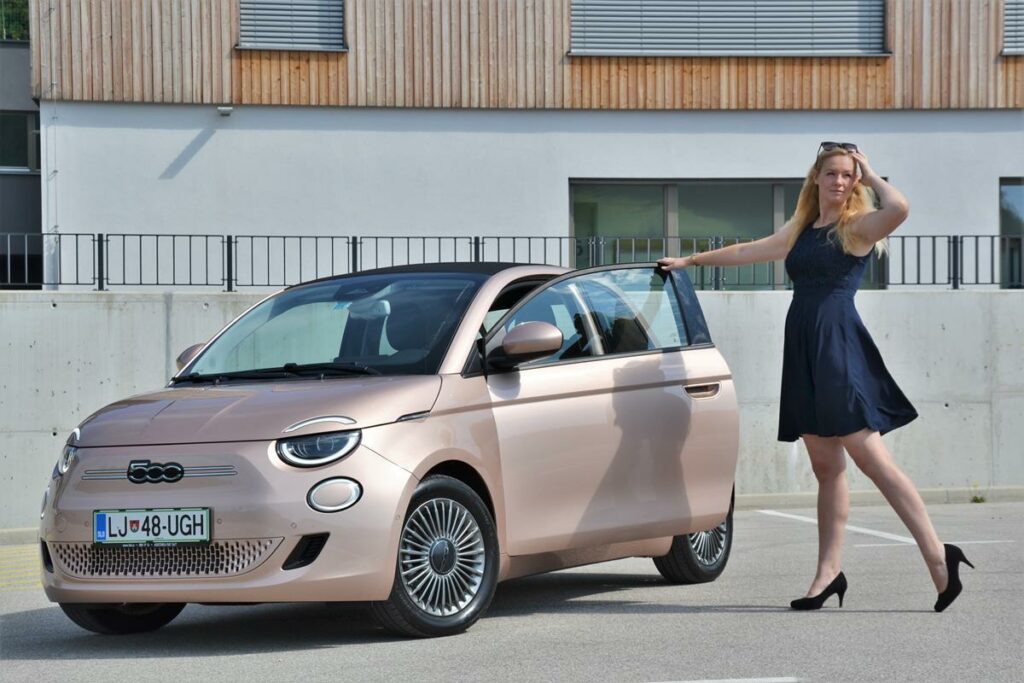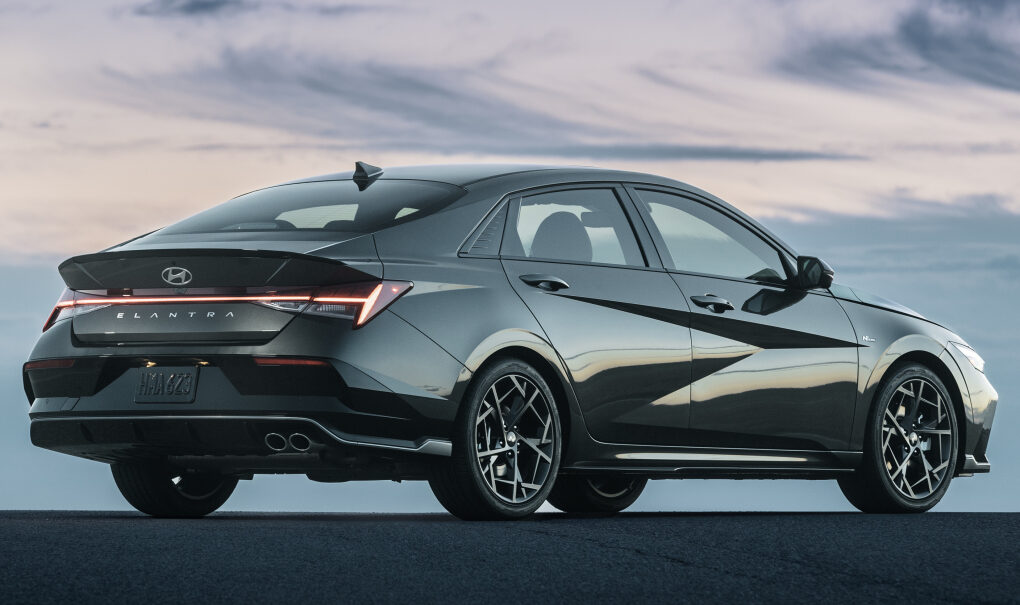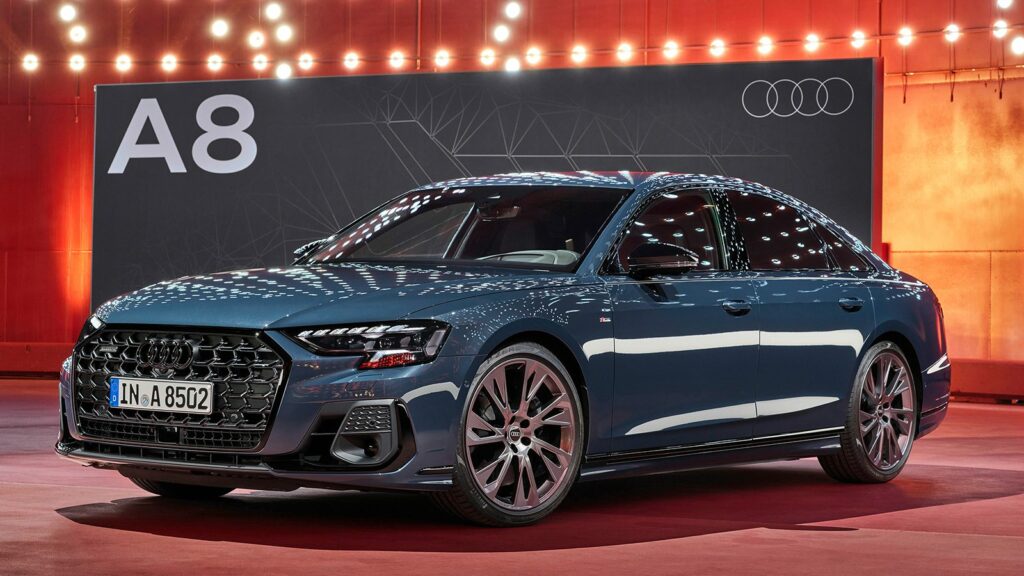Vehicle segments are classifications used in the automotive industry to group cars based on their size, features, and market positioning. These segments help consumers, manufacturers, and regulators categorize vehicles for marketing, pricing, and regulatory purposes.
Related: Classification of Cars On the Basis of Body Type
The segmentation is often denoted by letters such as A, B, and C, with variations like A0 or B+, and it provides insights into the car’s size, intended use, and target market. Below is a breakdown of the major vehicle segments and their characteristics.
A0 Segment (Mini Segment)

- Overview: Smaller than A-segment cars, these are the tiniest vehicles available, primarily focused on affordability and city commuting.
- Common Features:
- Extremely compact dimensions.
- Basic interior and technology.
- Limited seating (often 2-4 passengers).
- Examples: Tata Nano, Fiat 500, Hyundai Eon, etc.
- Target Audience: Budget-conscious buyers looking for affordable and maneuverable cars for dense urban areas.
A Segment (Microcars)

- Overview: The smallest officially recognized car segment, focusing on urban use with compact size and efficiency.
- Common Features:
- Length typically under 3.7 meters.
- Basic safety features and minimal boot space.
- Fuel-efficient engines.
- Examples: Suzuki Alto, Fiat Panda, Kia Picanto, and Hyundai i10, etc.
- Target Audience: Urban dwellers and first-time car buyers.
B Segment (Subcompact Cars)

- Overview: Slightly larger than A-segment cars, offering better space, features, and performance.
- Common Features:
- Length between 3.7 and 4.2 meters.
- Moderate boot space (200-400 liters).
- Better safety and infotainment options compared to A-segment cars.
- Examples: Toyota Yaris, Honda City, Hyundai Verna, and Suzuki Swift, etc.
- Target Audience: Young professionals and small families needing a practical daily driver.
C Segment (Compact Cars)

- Overview: Mid-sized cars offering a balance between size, comfort, and affordability, often considered the sweet spot for many consumers.
- Common Features:
- Length between 4.2 and 4.6 meters.
- Engines range from economical to sporty.
- Good interior space, often suitable for families.
- Examples: Toyota Corolla, Honda Civic, Volkswagen Golf, and Hyundai Elantra, etc.
- Target Audience: Small to medium-sized families and commuters seeking comfort and practicality.
D Segment (Mid-Size Cars)

- Overview: Larger than compact cars, these are premium sedans and SUVs offering advanced features and luxury touches.
- Common Features:
- Length between 4.6 and 4.9 meters.
- More powerful engines and a focus on performance.
- Premium interiors, spacious seating, and advanced safety.
- Examples: Honda Accord, Toyota Camry, Hyundai Sonata, and BMW 3 Series, etc.
- Target Audience: Executives, professionals, and families wanting more comfort and status.
E Segment (Executive Cars)

- Overview: High-end sedans and SUVs designed for luxury and performance, bridging the gap between mainstream and luxury cars.
- Common Features:
- Length typically over 4.9 meters.
- Luxury interiors with cutting-edge technology.
- Powerful engines and advanced driving dynamics.
- Examples: Mercedes-Benz E-Class, Audi A6, BMW 5 Series.
- Target Audience: Buyers seeking a blend of luxury, performance, and status.
F Segment (Luxury Cars)

- Overview: The pinnacle of automotive luxury, featuring the best in design, materials, and technology.
- Common Features:
- Long wheelbases and opulent interiors.
- State-of-the-art technology and safety systems.
- Engines with high performance and smooth operation.
- Examples: Rolls-Royce Phantom, Mercedes-Benz S-Class, Audi A8, and BMW 7 Series.
- Target Audience: Wealthy buyers prioritizing luxury and exclusivity.
SUV and Crossover Segments

SUVs and crossovers are categorized similarly but often span multiple traditional segments. For example:
- B-SUVs: Subcompact SUVs like Hyundai Creta, Kia Seltos.
- C-SUVs: Compact SUVs like Toyota RAV4, Honda CR-V.
- D-SUVs: Midsize SUVs like Ford Everest, Toyota Fortuner.
It’s important not to confuse vehicle segments with body styles, as a B-segment or C-segment car can come in various forms, such as a hatchback or a sedan.
Conclusion
Vehicle segments are crucial for understanding the automotive market and making informed purchase decisions. From ultra-compact A-segment cars to luxurious F-segment vehicles, there’s something for every need and budget. Understanding these classifications can help you choose a car that aligns with your lifestyle, preferences, and budget.

A computer animation professional with over 23 years of industry experience having served in leading organizations, TV channels & production facilities in Pakistan. An avid car enthusiast and petrolhead with an affection to deliver quality content to help shape opinions. Formerly written for PakWheels as well as major publications including Dawn. Founder of CarSpiritPK.com

